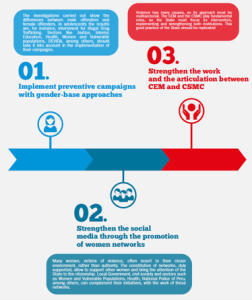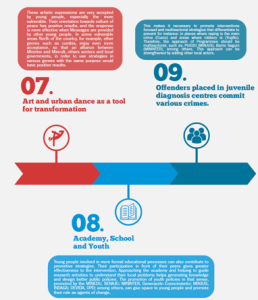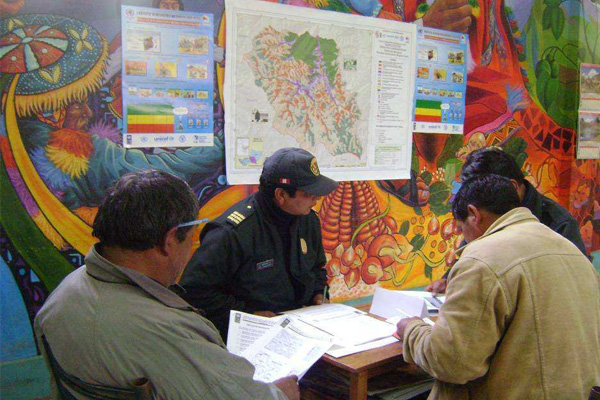Strengthening Human Security and Community Resilience by Fostering Peaceful Co-Existence in Peru
Duration: March 2014– December 2017
Budget: US$4,870,751 (UNTFHS: $2,253,703; Pooled funding: $2,691,430)
Implementing Agencies: UNODC (lead), UNDP, UNFPA, UNLIREC, PAHO
Considered Peru’s second most dangerous city, the citizens of Trujillo live in fear of armed robbery, extortion, human trafficking, sexual violence, drug trafficking and gang-related violence. In addition, limited economic opportunities and an underperforming educational system, along with poor sanitation, a struggling health service delivery system and lack of safe public spaces further undermine the human security of Trujillo’s most vulnerable communities and create fertile conditions for the proliferation of violent gangs and criminal networks. Living in informal settlements at the city’s edge, Trujillo’s poorest and most marginalized communities, consisting primarily of rural economic migrants, bear the brunt of this rising crime and violence.
The programme aims to develop a sustainable and multisectoral model for reducing crime and safeguarding human security in three of the most vulnerable and at-risk communities of Trujillo, with particular emphasis on empowering these communities. This is to be achieved by establishing practical and replicable models for an integrated and prevention-oriented programme to: (i) reduce serious crime rates; (ii) prevent gender-based violence in high-risk, crime-ridden communities, and (iii) lessen youth involvement in criminality.
KEY MATERIALS
Programme Summary
Report: Trujillo with Human Security: Contribution of a Comprehensive Approach to Reduce Violence and Insecurity





